The vintage style in interior design is a beloved approach that celebrates the charm and elegance of the past. Drawing inspiration from various eras, from the early 20th century to the mid-1960s, vintage design is all about embracing timeless pieces, nostalgia, and craftsmanship. This style appeals to those who appreciate the artistry and history embedded in older furniture and décor, offering a chance to create a home that feels unique, personal, and full of character.
In this comprehensive guide, we'll dive deep into the defining features of vintage design, explore different vintage eras, and provide tips on how to incorporate this aesthetic into your home.
What is Vintage Style?
The term "vintage" typically refers to items that are at least 20 years old but not older than 100 years, which would classify them as antiques. In interior design, vintage style incorporates pieces from different decades, creating a mix of history, nostalgia, and aesthetic charm. It's a design style that embraces imperfections, authenticity, and the beauty of well-crafted objects with a story.

Vintage interiors often include furniture, textiles, and décor that have been passed down through generations, collected from flea markets, or bought from antique stores. These items often evoke memories or capture a particular moment in history, making them highly valued in a vintage-themed space.
Key Elements of Vintage Interior Design
While vintage design can vary depending on the era you draw inspiration from, there are several key elements that define the style:
1. Timeless Furniture
Vintage furniture often features solid craftsmanship and classic designs that transcend time. Whether it's an upholstered armchair with intricate wooden legs or a French-style vanity with delicate carvings, vintage furniture tends to have more detailed workmanship compared to mass-produced modern pieces.

Look for furniture made from solid wood, such as mahogany, oak, or walnut, as these materials are typically durable and age beautifully. Upholstered pieces may feature rich fabrics like velvet, linen, or leather, often with floral or damask patterns.
2. Mix of Eras
One of the most exciting aspects of vintage interior design is the ability to mix pieces from various time periods. For example, a 1950s mid-century modern coffee table might be paired with a Victorian-era armchair. This blending of eras allows you to curate a personalized space that reflects your taste while celebrating the best designs from different decades.

Vintage enthusiasts often enjoy the thrill of hunting for unique items that complement their existing décor while adding an unexpected twist.
3. Muted Color Palette
Vintage interiors often lean toward a muted, softer color palette, reflecting the tones popular during the early to mid-20th century. Pastel hues like mint green, blush pink, and powder blue were particularly prominent in the 1950s, while deeper shades like mustard yellow, olive green, and burgundy gained popularity in the 1960s and 70s.

To create an authentic vintage vibe, opt for muted tones on walls and soft furnishings. Patterns such as florals, stripes, and geometric prints were also a staple of vintage design, especially in fabrics like wallpaper and upholstery.
4. Decorative Details and Accessories
Vintage spaces are filled with decorative details that lend charm and personality to the room. Items like ornate mirrors, vintage clocks, crystal chandeliers, and ceramic vases are common in vintage décor. Each accessory tells a story and adds layers of history to your home.

Collections are also a key part of vintage interior design. Whether it's a collection of old books, vintage postcards, or antique teapots, displaying these items on open shelves or mantelpieces creates a nostalgic focal point and reflects the homeowner's interests and passions.
5. Vintage Textiles
Textiles play a huge role in defining the vintage aesthetic. From lace tablecloths to embroidered throw pillows, these soft elements add warmth and texture to any space. Vintage rugs, often handwoven and featuring intricate designs, anchor rooms with rich patterns and color.
Incorporating curtains, throws, and cushions with vintage-inspired fabrics can instantly give your room that cozy, nostalgic feel. Look for materials like silk, velvet, and linen in classic prints such as floral, toile, or damask to enhance the vintage atmosphere.
6. Repurposed and Upcycled Items
Vintage design values the concept of repurposing and upcycling older pieces, giving them new life in a modern setting. This sustainability aspect of vintage design makes it appealing to those who are conscious of environmental impact. For example, an old suitcase might be turned into a coffee table, or a vintage window frame could become a wall mirror.

Repurposing allows you to blend functionality with design while preserving the integrity of an original vintage item. These creative touches add uniqueness and often become conversation starters in the home.
Exploring Different Vintage Eras
While vintage design can span multiple decades, there are a few key periods that have left a significant mark on the style. Each era brings its own unique flavor and influences, giving you plenty of options when designing your space.
1. 1920s - Art Deco
The 1920s were marked by the Art Deco movement, which brought a sense of luxury and glamour to interior design. Art Deco interiors were defined by bold geometric patterns, mirrored surfaces, and rich materials like velvet, chrome, and glass. Popular color schemes included black, gold, and silver, often accented by jewel tones like emerald green and sapphire blue.

Furniture from this period often featured sleek lines, inlays of exotic wood, and mirrored or lacquered finishes. Decorative accessories like crystal chandeliers, beveled mirrors, and decorative screens were also staples of the Art Deco style.
2. 1930s-1940s - Hollywood Regency
The 1930s and 1940s saw the rise of Hollywood Regency, a style that embodied the opulence and elegance of Hollywood's golden age. This vintage aesthetic was all about luxurious fabrics, chinoiserie elements, and glamorous finishes. Furniture was often upholstered in plush velvet or silk, with rich colors like deep purples, blues, and golds being predominant.

Hollywood Regency also embraced the use of bold patterns, such as Greek key motifs, animal prints, and floral designs, often paired with gold accents and lacquered surfaces. It was a style focused on luxury and drama, perfect for those who love a bit of glitz.
3. 1950s - Mid-Century Modern
The 1950s introduced mid-century modern design, a style that still influences modern interiors today. Characterized by clean lines, simple forms, and functionality, mid-century modern was all about merging form with function. Furniture from this era often had sleek wooden frames, tapered legs, and an emphasis on organic shapes.

Color schemes were generally bright and optimistic, featuring hues like mustard yellow, turquoise, and avocado green. This period also saw the rise of innovative materials like molded plastic, plywood, and fiberglass, which were incorporated into furniture designs. Mid-century modern homes often have an open, airy feel, with large windows and minimalistic décor.
4. 1960s - Bohemian and Eclectic
The 1960s brought a sense of rebellion and experimentation, reflected in the eclectic and bohemian interior styles of the time. Bohemian design embraced a mix of patterns, colors, and textures, often combining vintage furniture with global influences like Moroccan rugs, Indian textiles, and African art.

Bright, psychedelic colors and bold prints were hallmarks of the 1960s. Mixing and matching various styles, eras, and textures became the norm, resulting in a carefree and laid-back aesthetic. This period also saw the resurgence of handmade and artisanal pieces, such as macramé, woven baskets, and hand-painted ceramics.
How to Incorporate Vintage Style into Your Home
Embracing vintage style doesn’t mean transforming your home into a time capsule. Instead, it’s about thoughtfully incorporating vintage elements to create a balanced, cohesive look. Here are some tips on how to bring vintage flair to your space:
1. Start with Statement Pieces
When introducing vintage style to your home, it's often best to start with a few statement pieces that can serve as focal points. This could be a large vintage mirror, an antique wooden dresser, or a mid-century modern armchair. These pieces will anchor the room and set the tone for the rest of the space.

2. Mix Old with New
A successful vintage interior doesn’t rely solely on old furniture and décor. Mixing vintage items with modern or contemporary pieces creates a more balanced, layered look. For example, you can pair a vintage sofa with a modern coffee table or hang a vintage chandelier in a room with sleek, modern furnishings.

3. Use Vintage Accessories
Smaller vintage accessories, such as lamps, vases, clocks, or picture frames, can add vintage flair without overwhelming the room. These items can be found at flea markets, antique stores, or even online, and they provide a subtle nod to the past while adding character to your space.
4. Layer Textiles
Textiles are an easy way to infuse vintage style into your home. Opt for throw blankets with tassels, embroidered pillows, or vintage-inspired rugs to add warmth and texture. You can also layer textiles, like placing a lace tablecloth over a wooden dining table or draping a velvet throw over a leather armchair.

5. Incorporate Vintage Lighting
Lighting plays a crucial role in vintage design. Look for vintage-inspired light fixtures such as brass sconces, crystal chandeliers, or industrial-style pendant lights. These lighting options add a touch of vintage charm while also providing functional illumination.
Conclusion
The vintage style in interior design allows you to create a home that feels both nostalgic and personal. By blending timeless pieces from different eras, incorporating unique accessories, and celebrating craftsmanship, you can design a space that tells a story and reflects your personality. Whether you're drawn to the glamour of Art Deco, the simplicity of mid-century modern, or the eclectic charm of the 1960s, vintage design offers endless opportunities for creativity and self-expression.
For those looking to add high-quality vintage-inspired furniture to their homes, SpryInterior offers a range of handcrafted wooden pieces that bring the elegance and charm of past eras into modern living spaces.


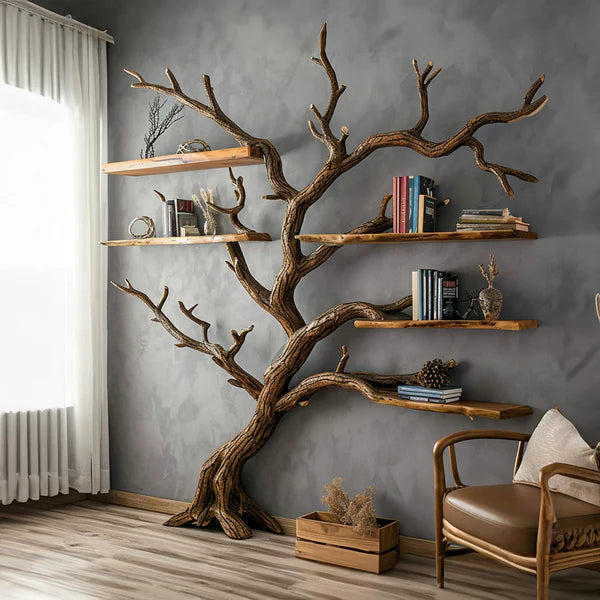
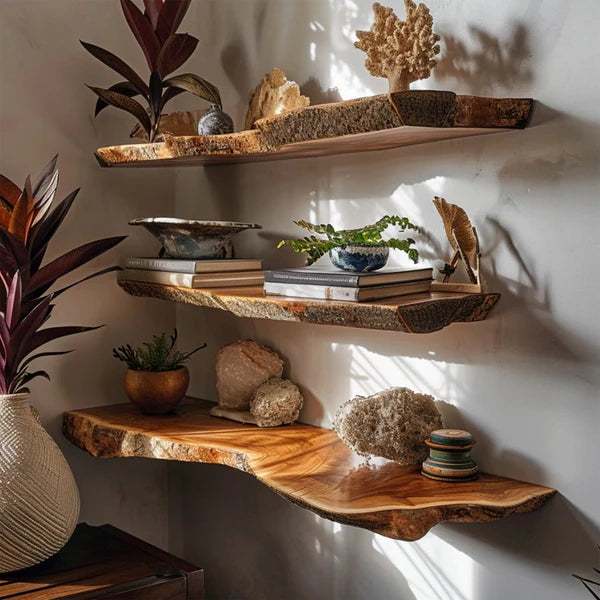
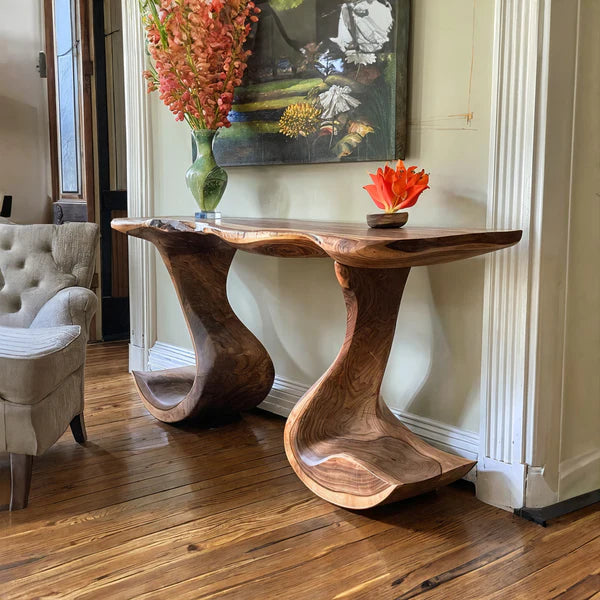
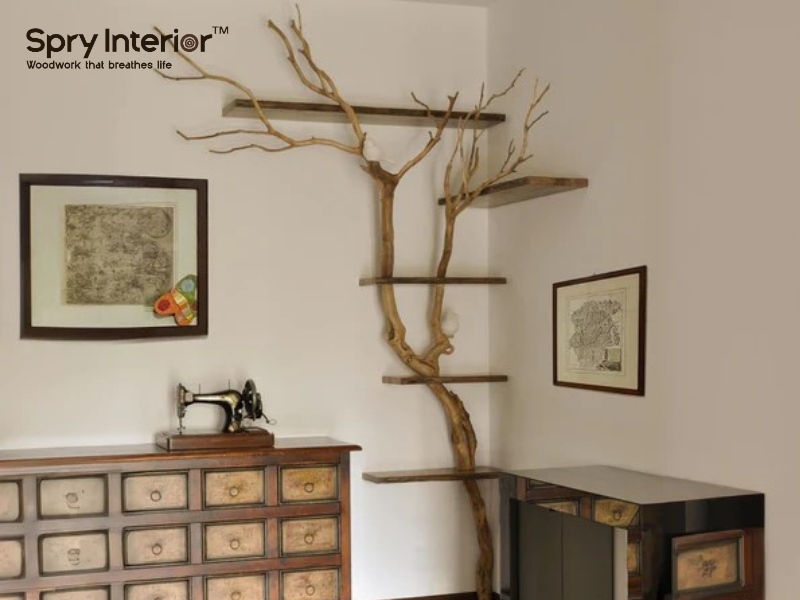
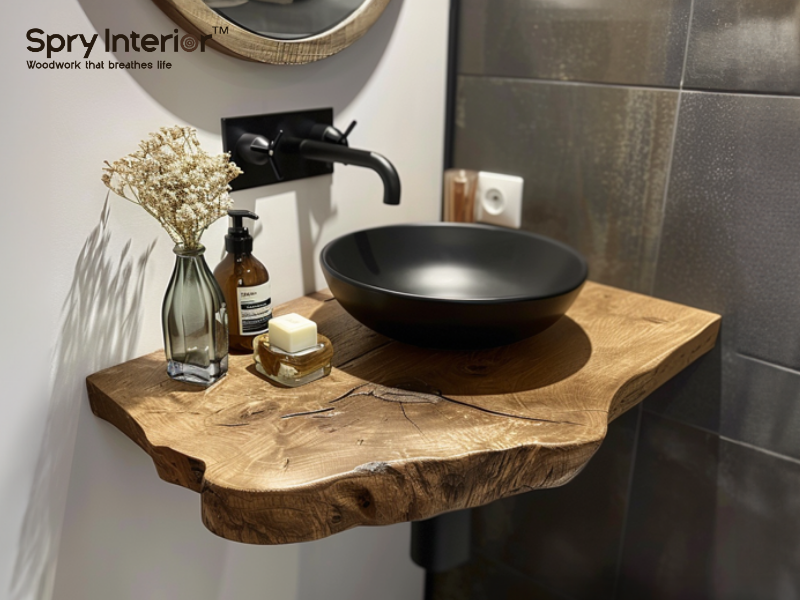
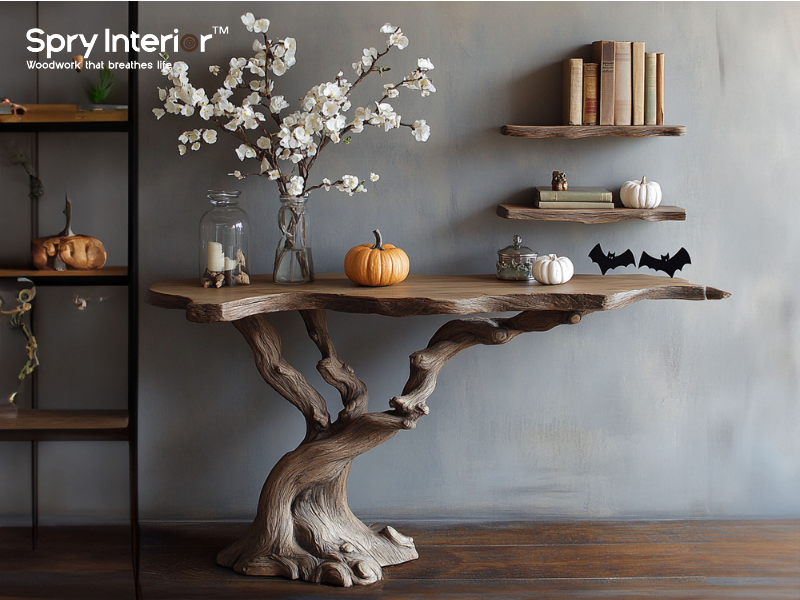
Leave a comment
This site is protected by hCaptcha and the hCaptcha Privacy Policy and Terms of Service apply.